What are some common science experiments involving Venus Flytraps?
There are several common science experiments involving Venus flytraps that are often used in educational settings. Here are a few examples:
- Observing Trap Closure: One of the most fascinating aspects of Venus flytraps is their ability to trap and digest insects. Observing the trap closure process can be a simple yet engaging experiment. Students can touch the trigger hairs of the Venus flytrap to see how the leaves close around their finger, or they can use a small insect (such as a fruit fly) to see how the plant captures and digests its prey.
- Investigating Optimal Growing Conditions: Venus flytraps have specific growing conditions that need to be met in order for them to thrive. Students can design an experiment to investigate how different factors (such as light intensity, temperature, and soil type) affect the growth and health of Venus flytraps. They can set up different growing conditions for several Venus flytrap plants and monitor their growth over a period of time.
- Comparing Trap Structures: Venus flytraps are not the only carnivorous plants with unique trapping structures. Students can compare the structure and function of the Venus flytrap’s traps to those of other carnivorous plants (such as pitcher plants and sundews) to gain a deeper understanding of the diversity of carnivorous plants.
- Testing the Effects of Stimulants: Venus flytraps rely on electrical signals to trigger their trap closure response. Students can design an experiment to investigate how different stimuli (such as electricity or chemicals) affect the trap closure response of Venus flytraps. This can be done using electrodes or by applying different solutions to the trigger hairs of the plant.
These are just a few examples of the many science experiments that can be conducted using Venus flytraps. The unique characteristics of these plants make them a great subject for scientific inquiry and experimentation.

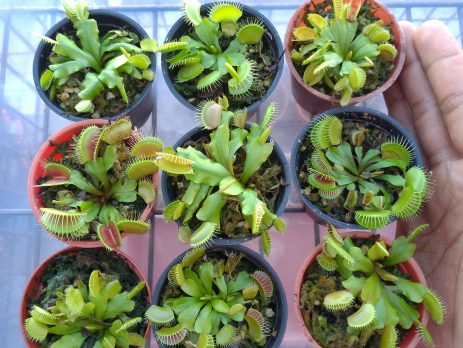
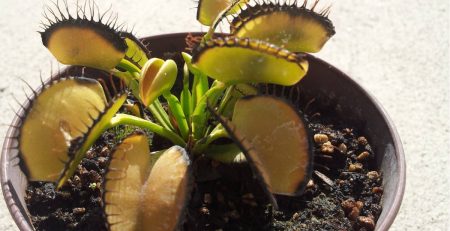
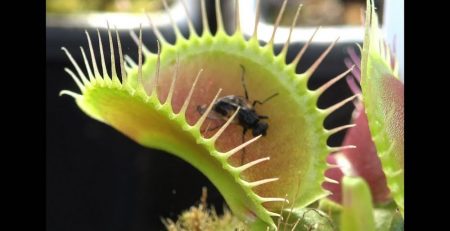
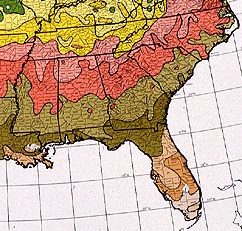
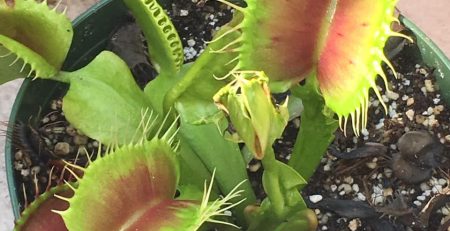
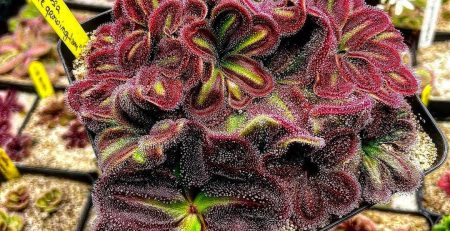
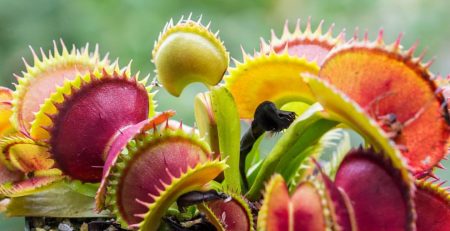
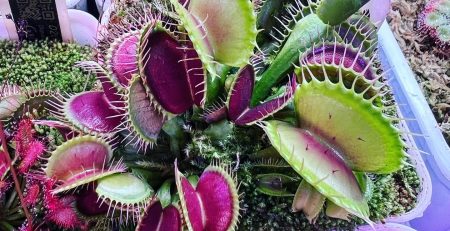
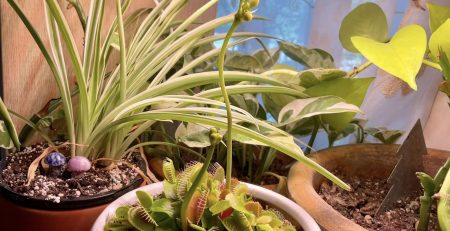
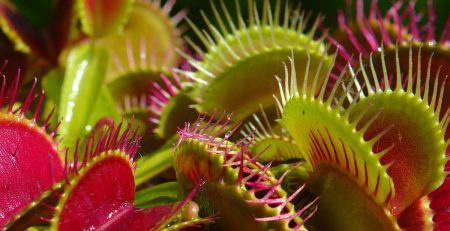
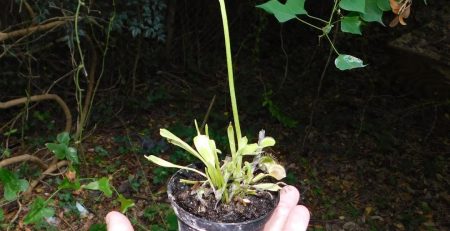
Leave a Reply
You must be logged in to post a comment.